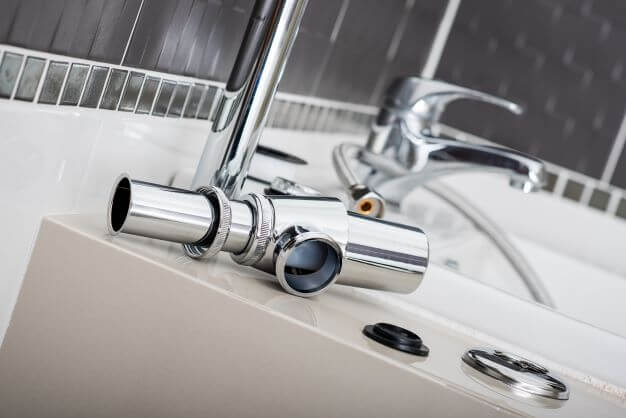The golf clubhouse is one of the first things visitors see when they enter your facility. If it’s outdated and drab, that first impression will leave a lasting negative impact. But re-imagining the space doesn’t have to be expensive or time-consuming. With some creative thinking, you can give your clubhouse a makeover without breaking the bank. The trick is to implement small changes that add up to a big result, ensuring your client is prepared for business and can offer golfing UK deals & offers without fear.
The clubhouse accounts for as much as 50 per cent of a golfer’s time at a private golf course, but just 25 per cent at a public one. It’s logical to assume that if you want to generate significant (positive) impressions that increase sales, clients must feel at home.
Redesigning the golf clubhouse starts with making sure it serves the needs of members and guests and has an updated look. Here are some dos and don’ts for redesigning your space so that it meets all of these requirements and reflects the personality of your members:
DOs
· An effectively planned clubhouse can either boost or hamper revenue opportunities, depending on how well space is maximized. By using golf-smart, experience-based space planning, design teams can arrange and size interior spaces efficiently, resulting in increased operational efficiency and increased customer satisfaction.
· Before designing a clubhouse, a designer should assess the club’s brand and the emotions it evokes in its members and customers, as well as its competitors and staff.
· A less-is-more approach can be just what is needed. Sometimes all that is required to transform a space is a few architectural alterations and treatments, not a total overhaul. When renovating both indoor and outdoor areas, a new clubhouse ambience can be created without altering the existing structure. Club members will be able to keep up with the familiar look of the place while experiencing new and exciting enhancements thanks to this strategy.
· A remodelling project can make a significant ROI by demonstrating that a club is interested in developing and growing, as well as by providing a fresh dining experience or new spa. By investing in new appearances for the golf shop or dining areas, for example, you can help maintain members.
· When designing a golf course, good design should create an emotional connection with golfers, make them feel like they are visiting a second home, and encourage them to interact.
Don’ts
· Unused and infrequently-used rooms create unnecessary operational and maintenance expenses as well as sap clubhouse energy and occupy valuable space that could be used more effectively.
· Many golf clubs have failed because they tried to please everyone. An excellent 19th hole hits customers emotionally and generates income by effectively using the area. Food and beverage operations can be fantastic, targeted renovation choices for clubs.
· Ageing clubhouse’s interior furniture and finishes, as well as, plumbing, and kitchen appliances, are usually a good indicator as to when an update is required. If an interior finish has been in place for more than five years, it might be time for an upgrade. If it’s past the seven-year (hotel industry standard) period, an upgrade may be necessary because mould and other allergens may become health issues.
· Be careful of the latest design trends. “Trendy” is often incorrectly used to refer to contemporary things, while “stodgy” gets confused with traditional things. It’s vital to appreciate that interior architectural components might be fashionable while still adhering to a traditional design, especially when contrasted with contemporary artwork or accessories. Club owners and operators want central pieces that reflect the game’s heritage and history, as well as those that reflect the area’s local traditions and architecture.


